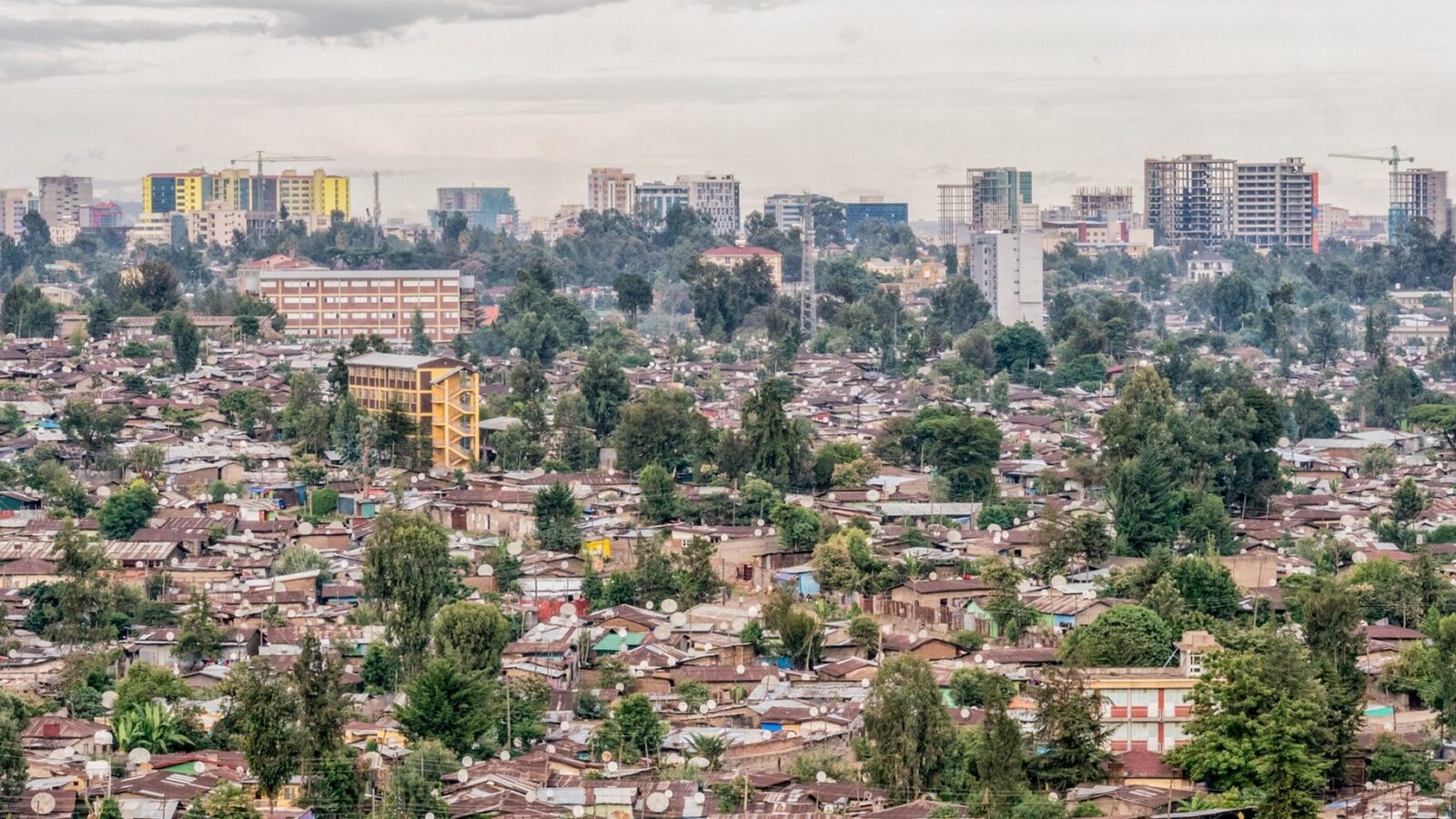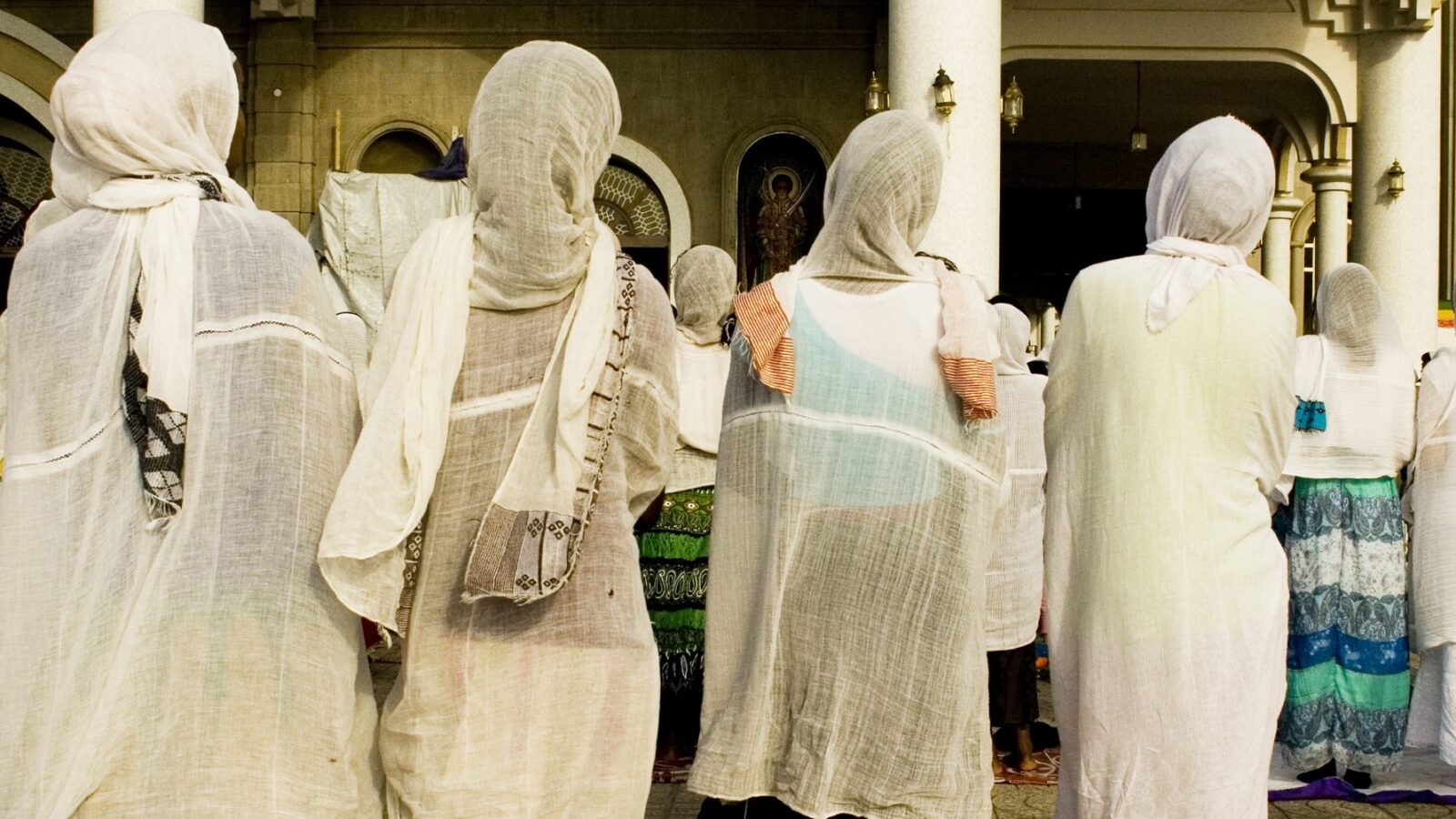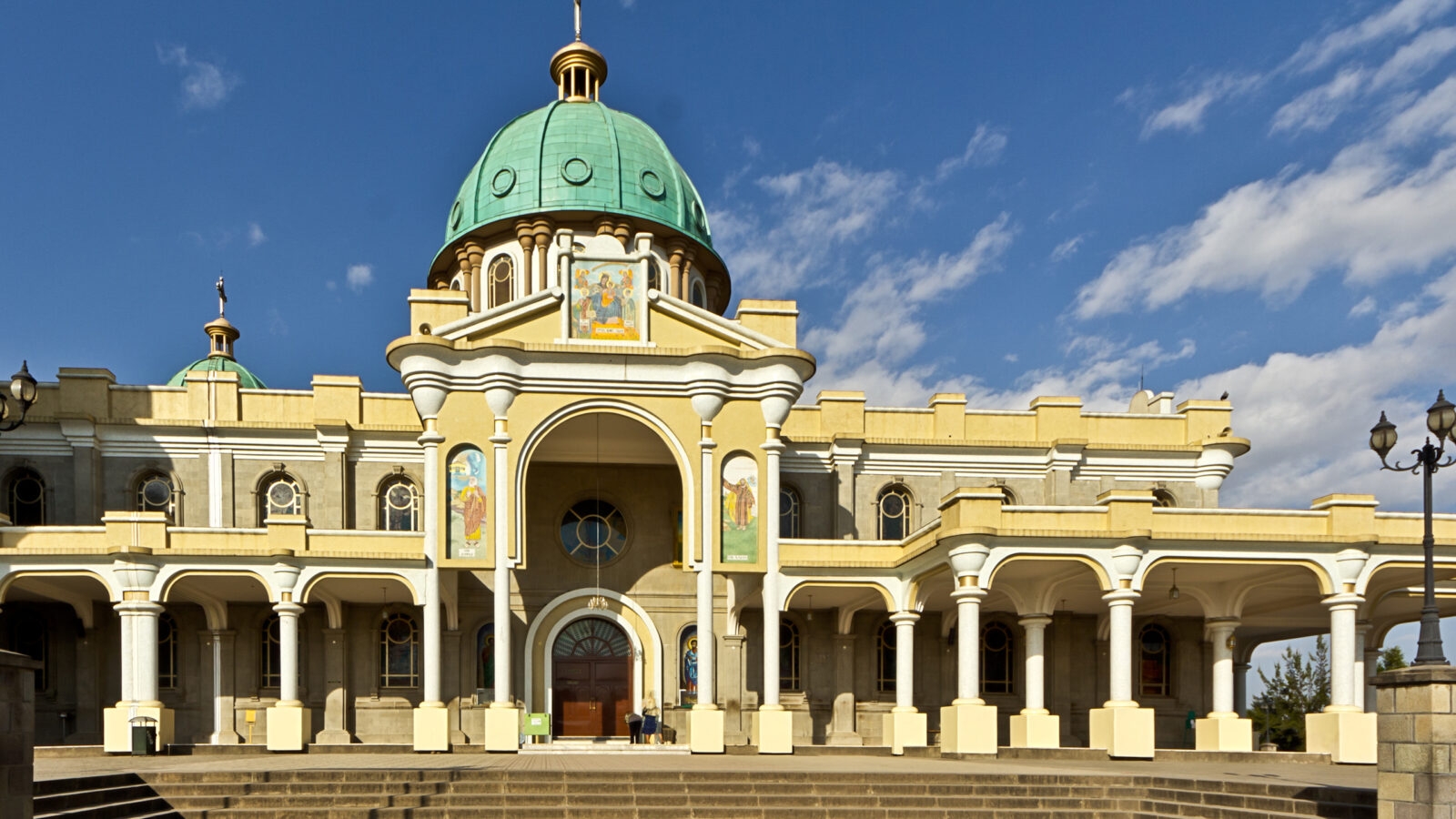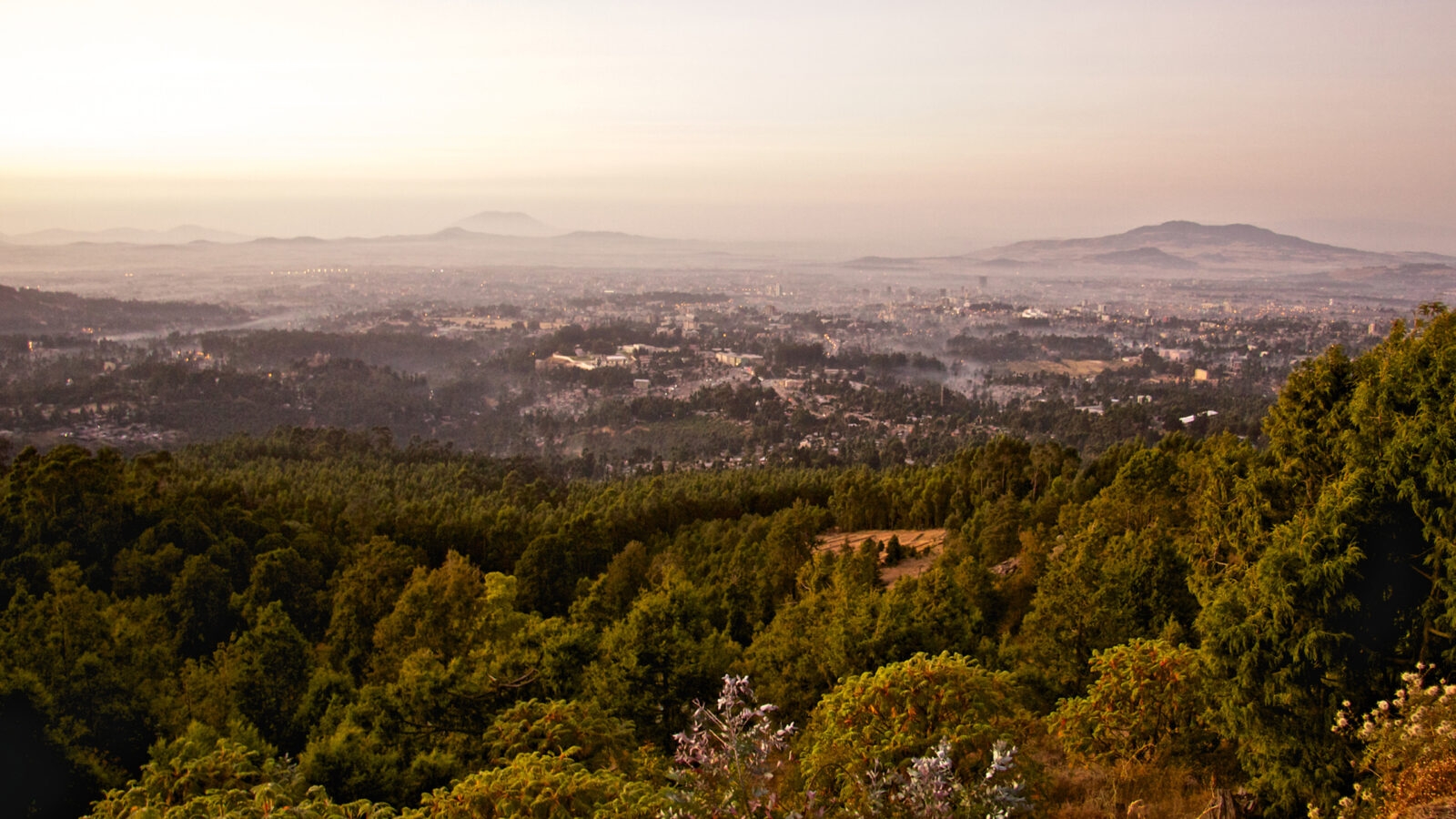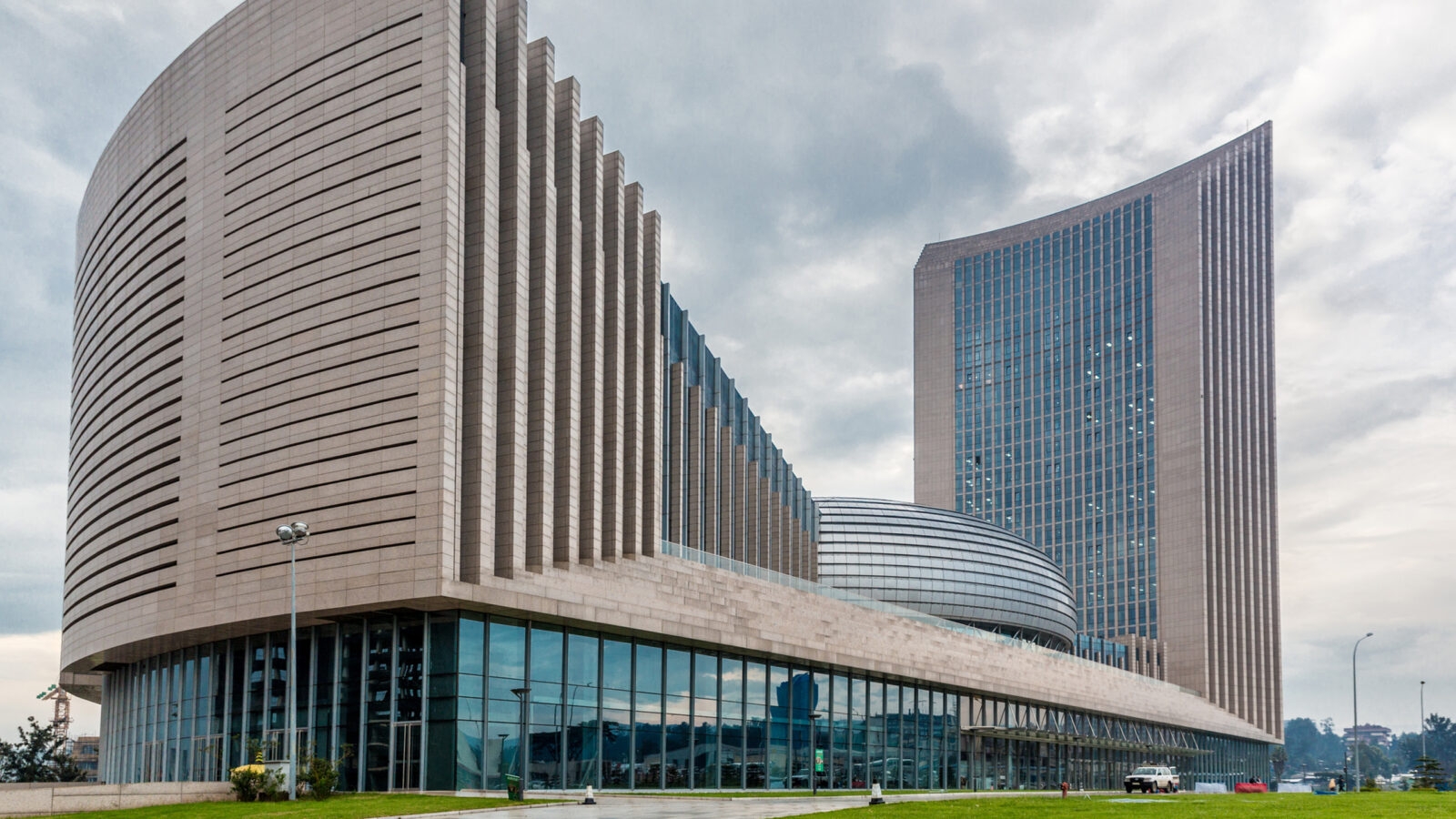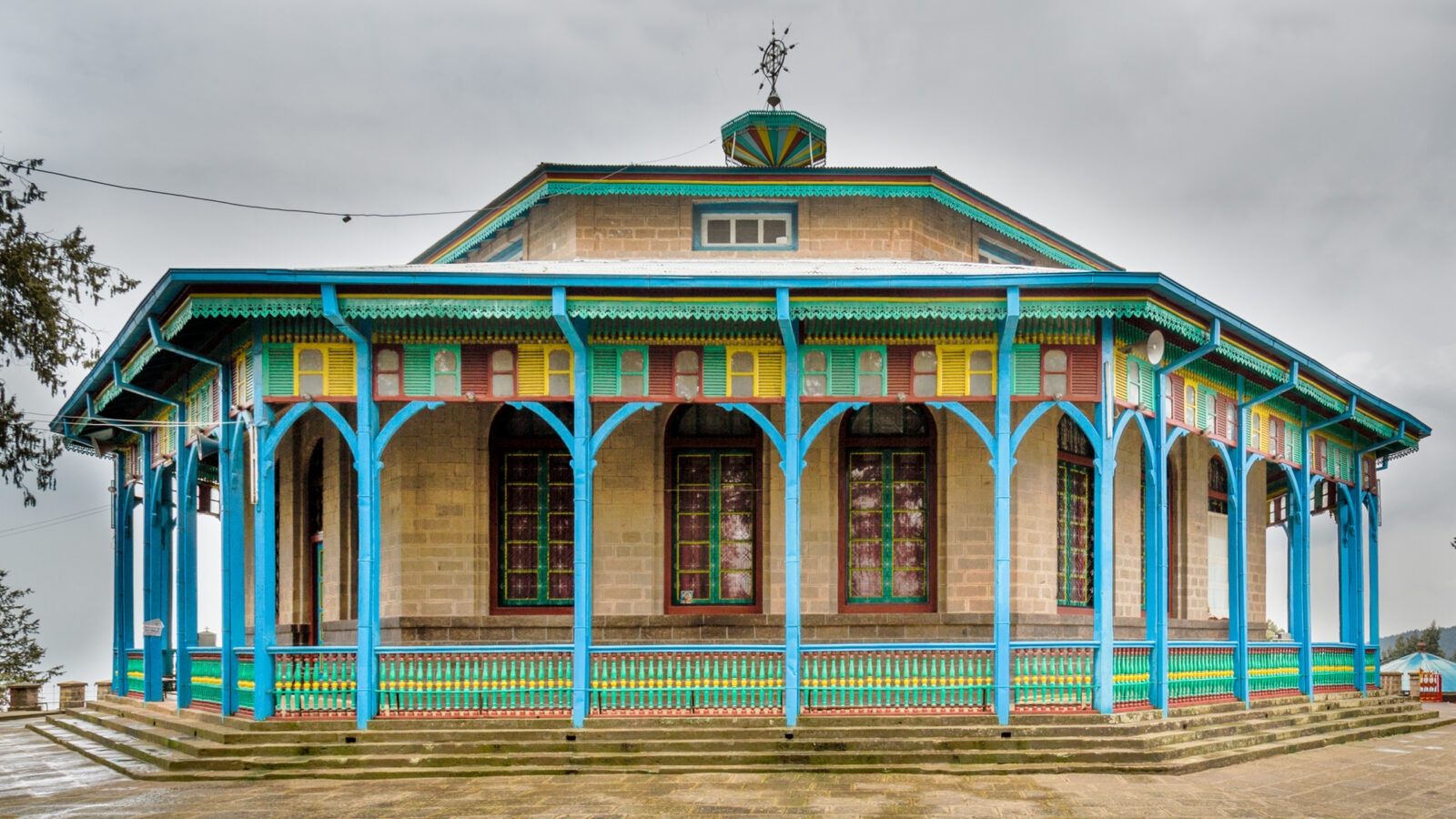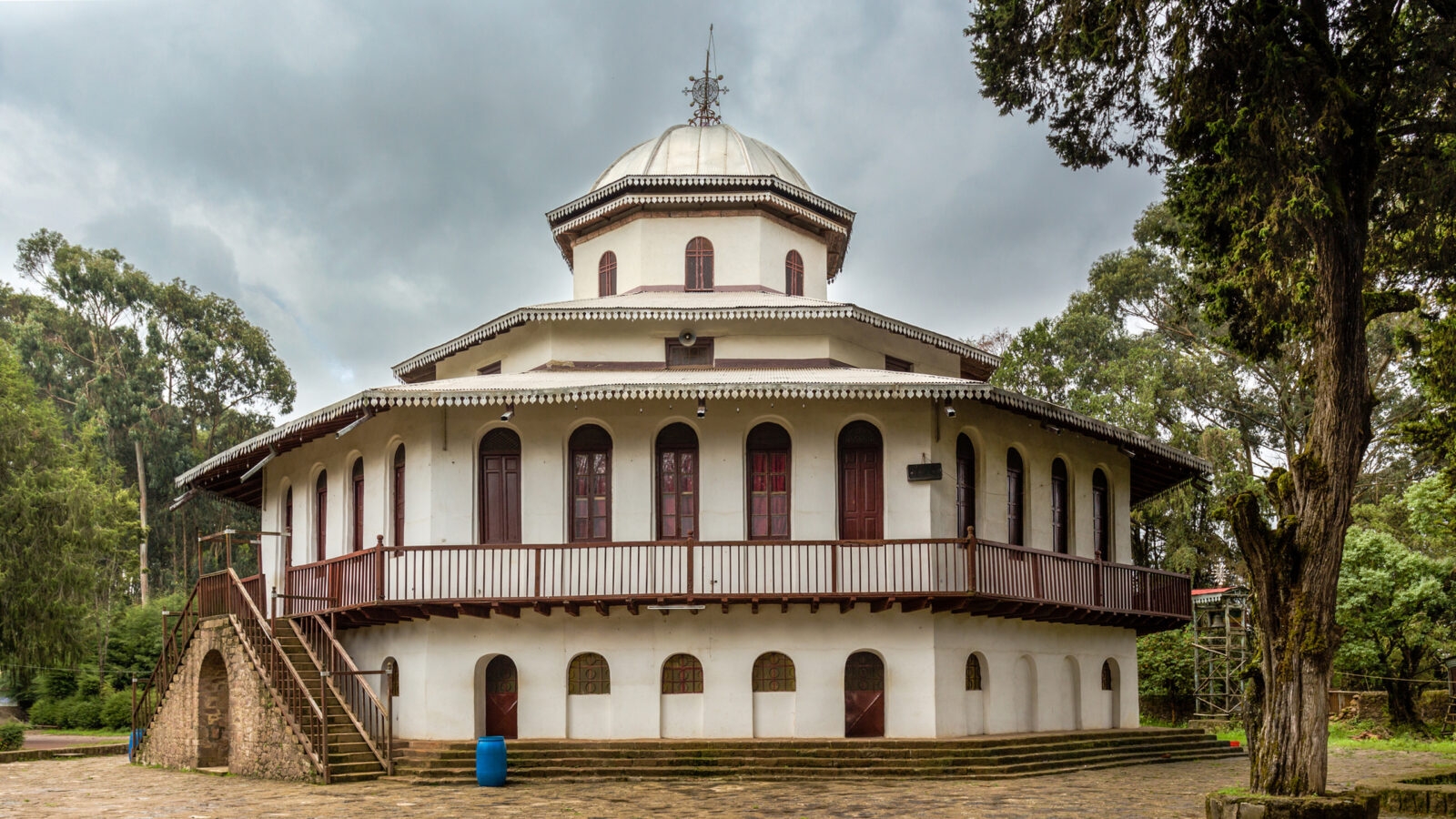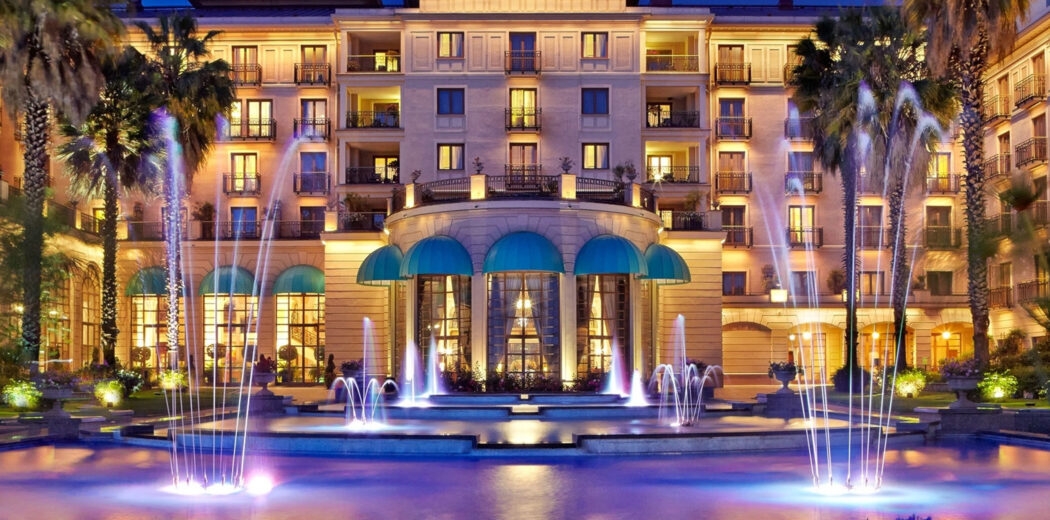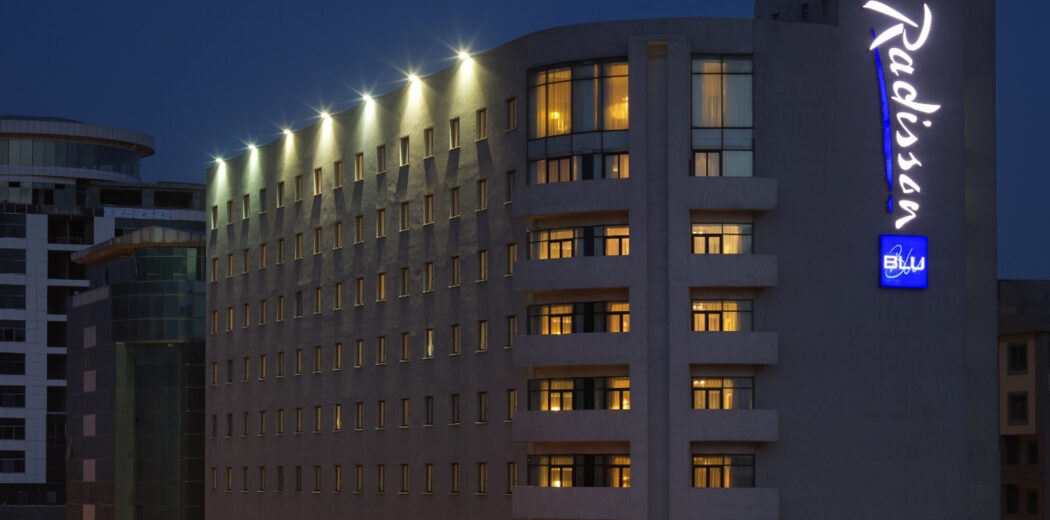Ethiopia's bustling capital
Addis Ababa – often shortened to simply Addis – is Ethiopia‘s capital, largest city and, more often than not, people’s first introduction to this fascinating country. Located right in the centre, Addis sits at the foot of Mount Entoto at 2,000 metres above sea level. Most people will pass through at the start and end of their trip, and although this sprawling city can seem a little chaotic at first, it really is the best place to get a flavour of modern Ethiopia.
Addis was founded in 1887 when, after a particularly cold snap in the former capital of Entoto, Emperor Menelik II moved to the warmer low-lying area around the Filwoha Hot Springs. The newly created capital was named Addis Ababa, meaning New Flower in the Amharic language, by the Empress.
As well as being the economic and administrative heart of Ethopia, Addis is often referred to as the political capital of Africa. It has been the seat of the African Union since the 60s and is home to the United Nations Economic Commission for Africa.
The city also has a number of interesting historical sights, including St George’s Cathedral and Holy Trinity Cathedral, where Emperor Haile Selassie I, British suffragette Sylvia Pankhurst, and those who fought against the Italian Occupation are laid to rest.
The Jacada Difference
Seamless organisation, every step of the way
Journeys as meaningful as they are memorable
Remarkable stays, handpicked by our experts
Luxury accommodation in Addis Ababa
Why book with Jacada?

Safari expertise
Our experts bring decades of first-hand expertise. They’ve lived and travelled across Africa and are regularly on the ground reviewing the most exclusive camps and experiences. You’ll also have the support of a personal concierge, based in region.

Unforgettable guides
We handpick the most knowledgeable guides, who bring each destination to life with care and passion. They’re chosen for their ability to provide unrivalled insight into the region’s wildlife and landscapes as well as a genuine, memorable experience.

Positive impact
By travelling with us, you directly support a range of initiatives spanning wildlife conservation to community engagement. Our luxury trips are designed to prioritise experiences that are positive for you and the places you visit.
Meet your Africa team
Plan your trip to Addis Ababa
Whatever you want from your adventure in Addis Ababa, our team of expert travel designers are ready to help.


Plan with peace of mind
When you book a trip in today’s world there’s a lot to think about. But with the right advice and expert planning, you can do it with confidence.
If you book to travel with us but your plans are impacted by circumstances you can’t control, we’ll change your reservation or cancel your booking for a full credit towards future travel.
